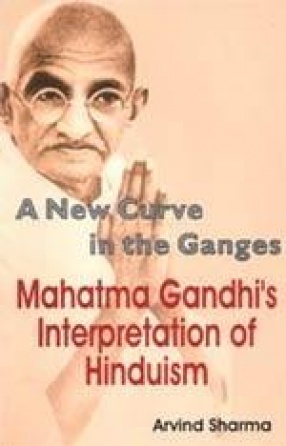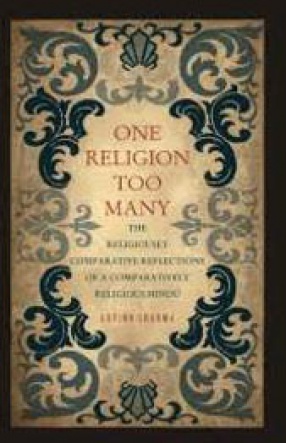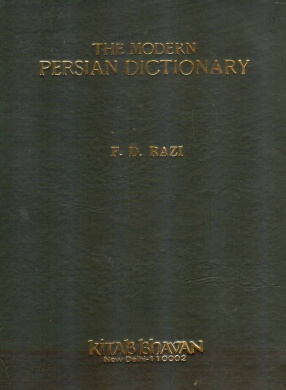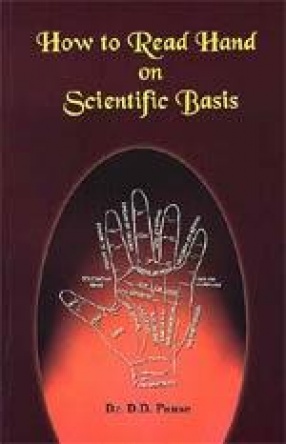Gandhi’s struggle for the Indian Independence will ever remain in the mind of all generations but no less significant was his fight for social equality of the Untouchables. He himself had suffered its pain as he was excommunicated by his caste on his return from England. For Gandhi, untouchability was that vicious aspect of Hinduism that must be eradicated. He had his own interpretation of Hindusim and called himself a “Sanatani Hindu†who believed in the equality of all castes and religions. An attempt has been made in this book to interpret Gandhi’s “Hindusim†in terms of its characteristic institutions, its major scriptures and its primary thought patterns. The work offers insights into the cardinal changes that Gandhi brought about within Hinduism by promoting ordinal changes within it. It analyses Gandhi’s relationship to the various sources of dharma and the primacy that he accorded to conscience; his reversal of the caste hierarchy by upholding the rights of the sudras, his emphasis on pravrtti and nivrtti instead of grhastha and sannyasa; his understanding of the Mahabharata, Ramayana and Bhagavad-Gita, and his preference for sadharana dharma over visesa dharma. The book also contains various extracts from Gandhi’s autobiography that not only make his study realistic but also acquaint us with many hardships suffered by him. This book would be a worthy addition to any collection and is highly recommended for the scholars of Indology and Religious Studies.
A New Curve in the Ganges: Mahatma Gandhi’s Interpretation of Hinduism
In stock
Free & Quick Delivery Worldwide
Bibliographic information
Title
A New Curve in the Ganges: Mahatma Gandhi’s Interpretation of Hinduism
Author
Edition
1st ed.
Publisher
ISBN
8124602719
Length
vi+129p., Bibliography; Index; 22cm.
Subjects








There are no reviews yet.